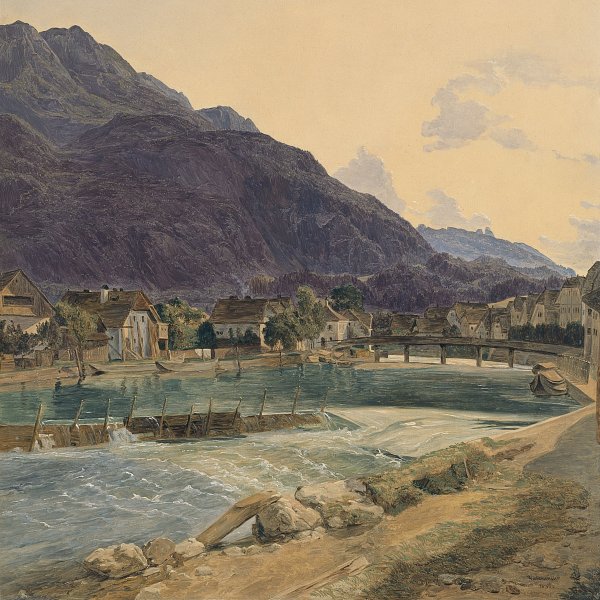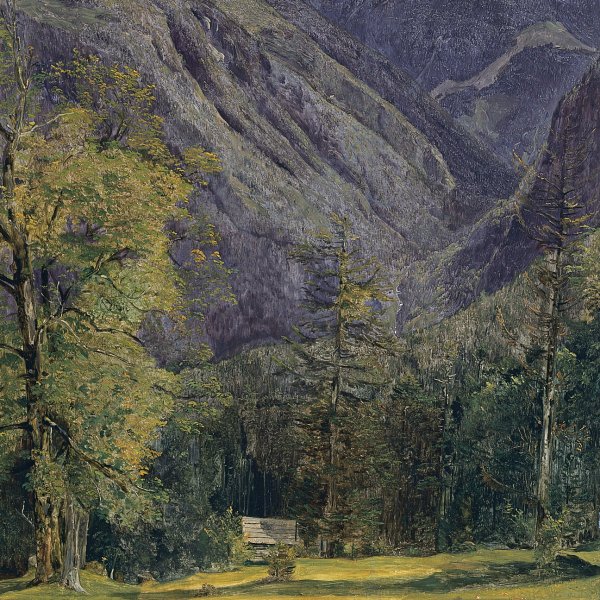Ferdinand Georg Waldmüller
Vienna, 1793-Hinterbrühl (near Mödling), 1865
Waldmüller trained in his native city of Vienna where he attended the Fine Arts Academy, albeit irregularly. Between 1817 and 1821 he principally focused on copying works by the Old Masters to be seen in the city’s museums and galleries and for a while worked as a miniaturist. In 1822 he exhibited five of his original works at the Fine Arts Academy. Three years later he made his first trip to Italy, followed by visits to Dresden, Munich and Frankfurt. Over the next fifteen years he principally focused on portraiture. Waldmüller received his first royal commission in 1827 to paint two versions of the portrait of the Emperor Francis I (Wien Museum, and Hypotheken & Creditinstitut, Vienna). Waldmüller became the principal painter of the Biedermeier style in Austria and his paintings reflect a conservative, pleasant vision of middle-class life. His style is characterised by an attention to detail in the description of the settings and objects that surround the figures. Waldmüller was also a specialist in flower painting and from the 1830s began to paint views of the parks and outskirts of Vienna. In the following decade he became increasingly interested in genre paintings, particularly scenes of rural life, works in which the figures and details are painted in highly realistic manner with an intense illumination.
Waldmüller’s relations with the Fine Arts Academy in Vienna were always complicated. In 1829 he began to give classes there but his radical opposition to the Academy’s teaching methods resulted in various suspensions until he was finally expelled, although he was readmitted some years later following the intervention of the Emperor. During the course of his career Waldmüller wrote ten essays on the need for reform in art teaching.
Waldmüller’s relations with the Fine Arts Academy in Vienna were always complicated. In 1829 he began to give classes there but his radical opposition to the Academy’s teaching methods resulted in various suspensions until he was finally expelled, although he was readmitted some years later following the intervention of the Emperor. During the course of his career Waldmüller wrote ten essays on the need for reform in art teaching.






